10 US Presidents With Major Health Problems That They Tried To Hide
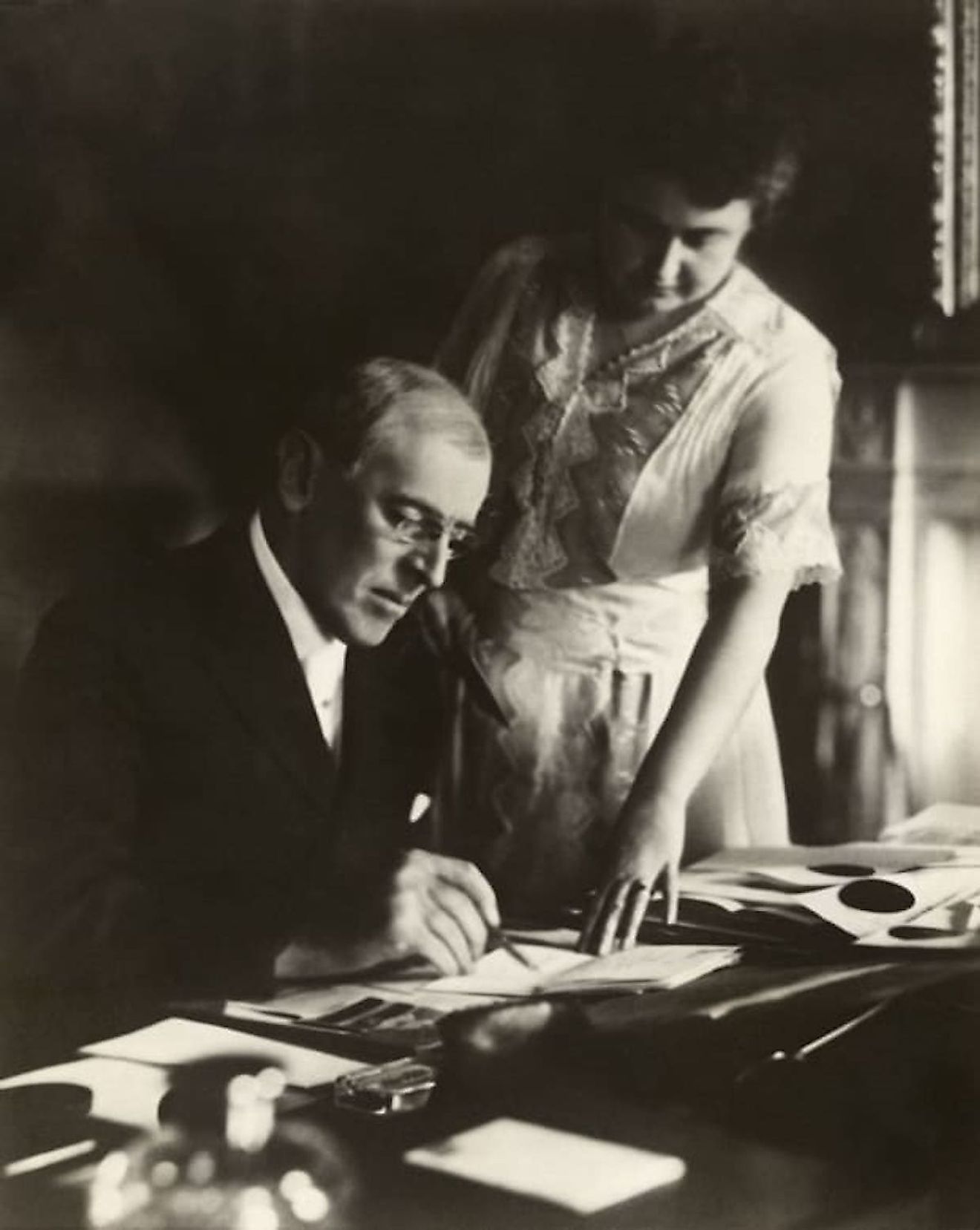
- Presidents' health issues are among biggest secrets they hide.
- Throughout history, the U.S. president wents out of their way to keep their health problems private.
- Usually, it is after their term is over or long after their death that the public finds out the details.
Presidents’ private lives are often veiled in secrecy. But when it comes to health issues, it seems to be one of the top secrets that have to be kept out of the public eye at any cost. And it makes sense – the public perception of the president as “weak” can cause a significant lack of confidence with the voters and supporters. These ten presidents went out of their way to hide their health problems.
10. Woodrow Wilson
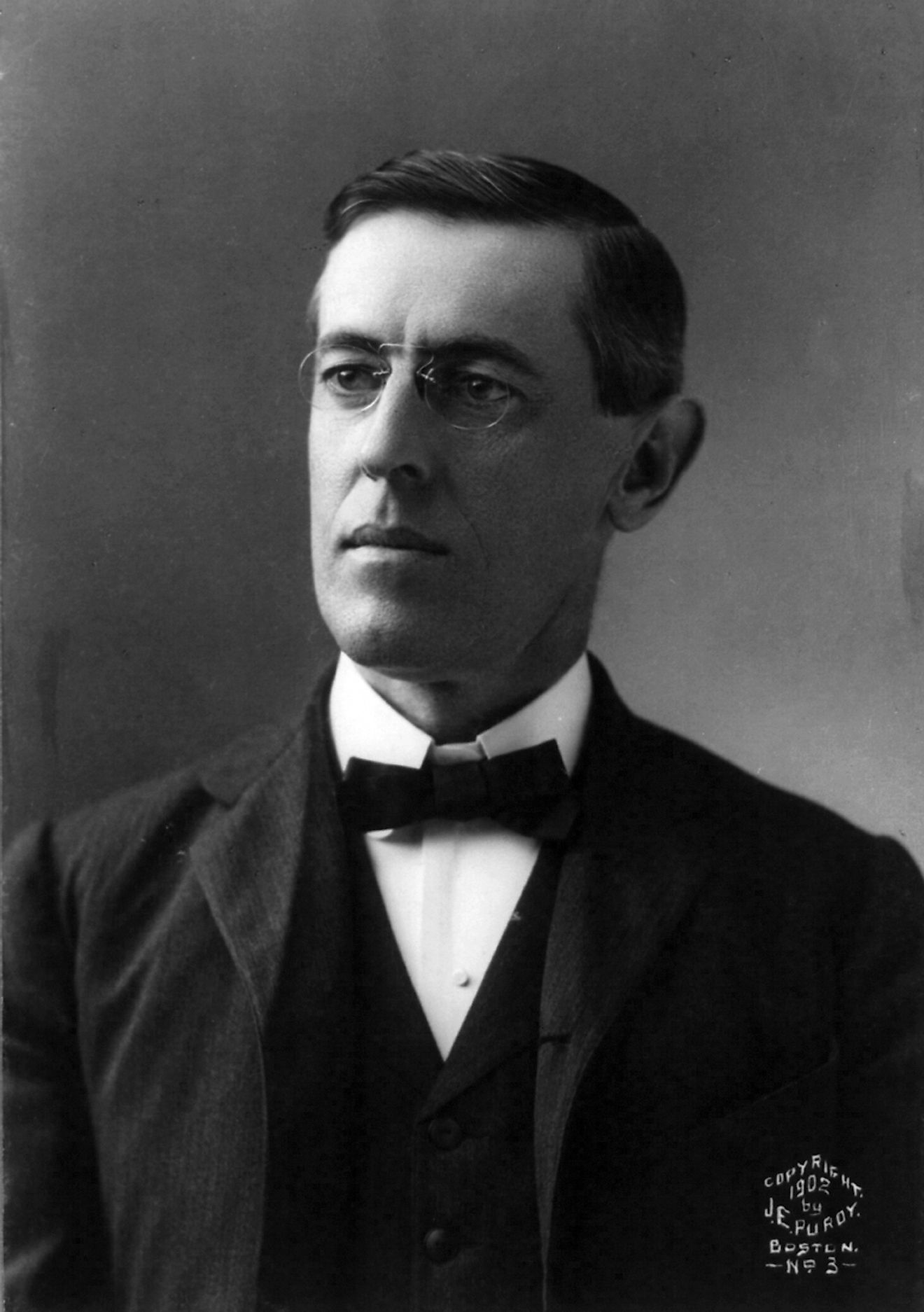
Did you know that Woodrow Wilson’s wife, Edith, saved him from losing his term? Apparently, Wilson started showing signs of very damaged health in 1919. One day, his doctor noticed that Wilson’s mouth started to droop on one sign, which is usually a sign of minor stroke. It started to get much worse from there. One morning, Wilson woke up partially paralyzed. It was his wife who stepped in and secretly acted as the president. Today, the Vice President would take over but in time of Wilson’s term, the rules about the transfer of presidential power were not yet legally defined as they are today. The country had no idea about this situation until Wilson’s term came to an end.
9. Dwight D. Eisenhower
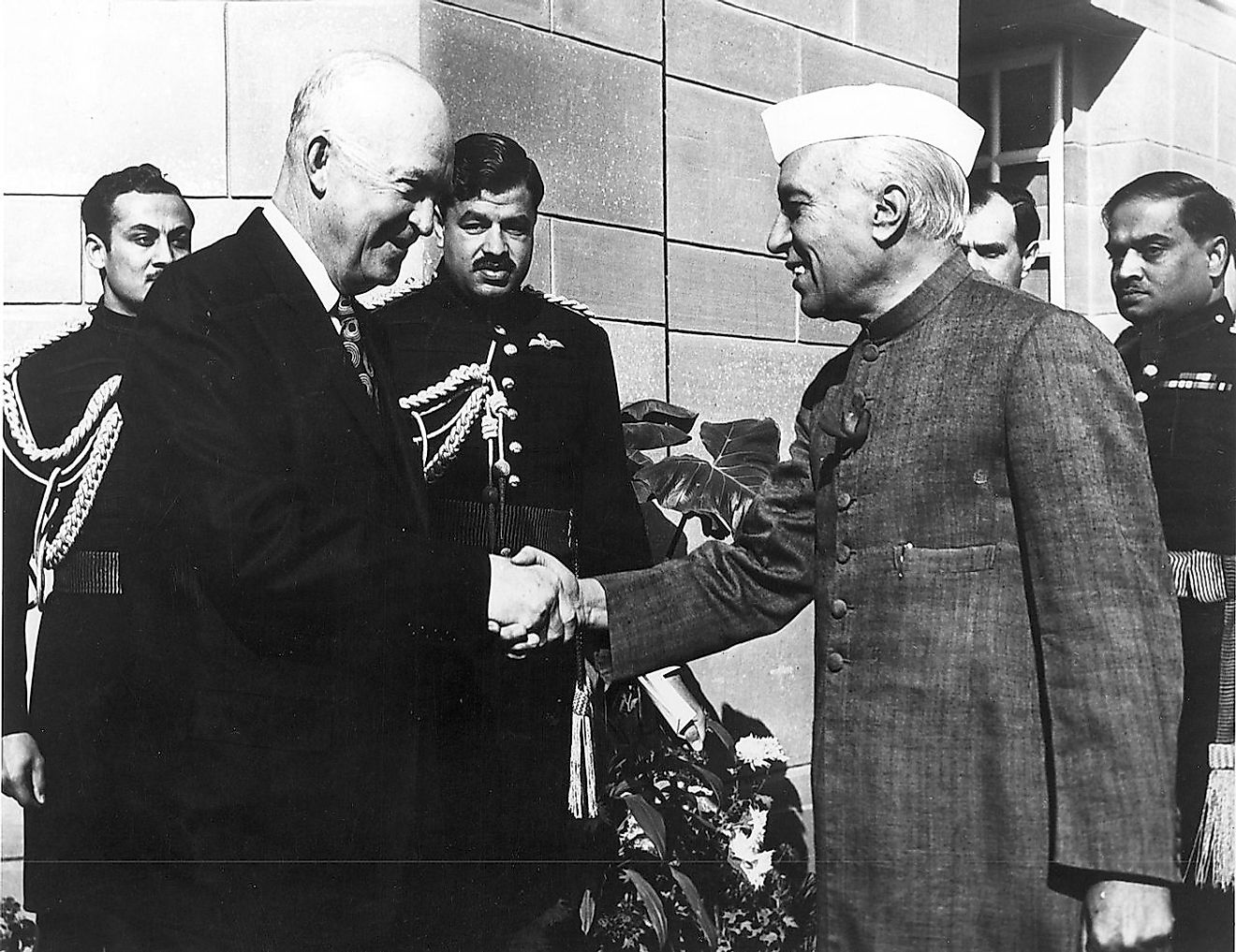
Eisenhower’s history of bad health started long before his presidency in 1952. In 1923, he had appendectomy resulting in painful abdominal adhesions. Three years into his term, he had a heart attack. Everyone was working hard to assure the public he recovered, even though his cardiologists strongly suggested he should not run for his second term. Soon after, he was diagnosed with Crohn’s disease and required surgery. The next year he suffered a stroke but issues with his heart continued until he died in 1969.
8. George H.W. Bush
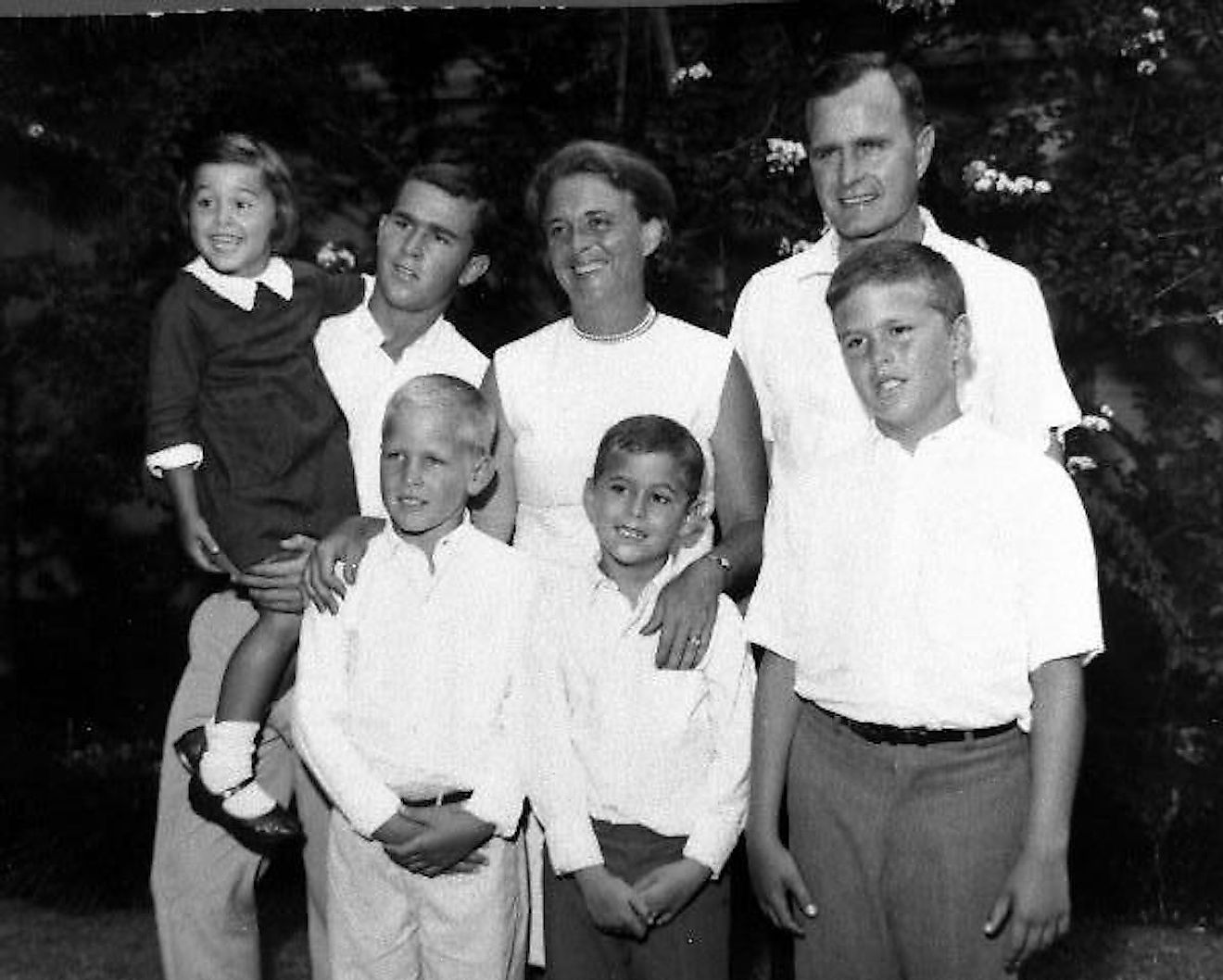
Even though George H.W. Bush is known as a passionate runner, he had a fair share of health troubles. His wife, Barbra Bush, publicly talked about Graves’ disease that she had been battling. It is an autoimmune disorder affecting thyroid but it usually is not fatal and too severe if treated properly. But it was later revealed that George H.W. Bush had the same disease as well as he struggled along with his wife. Despite that, the disease did not contribute to the cause of death for both of them.
7. Chester A. Arthur
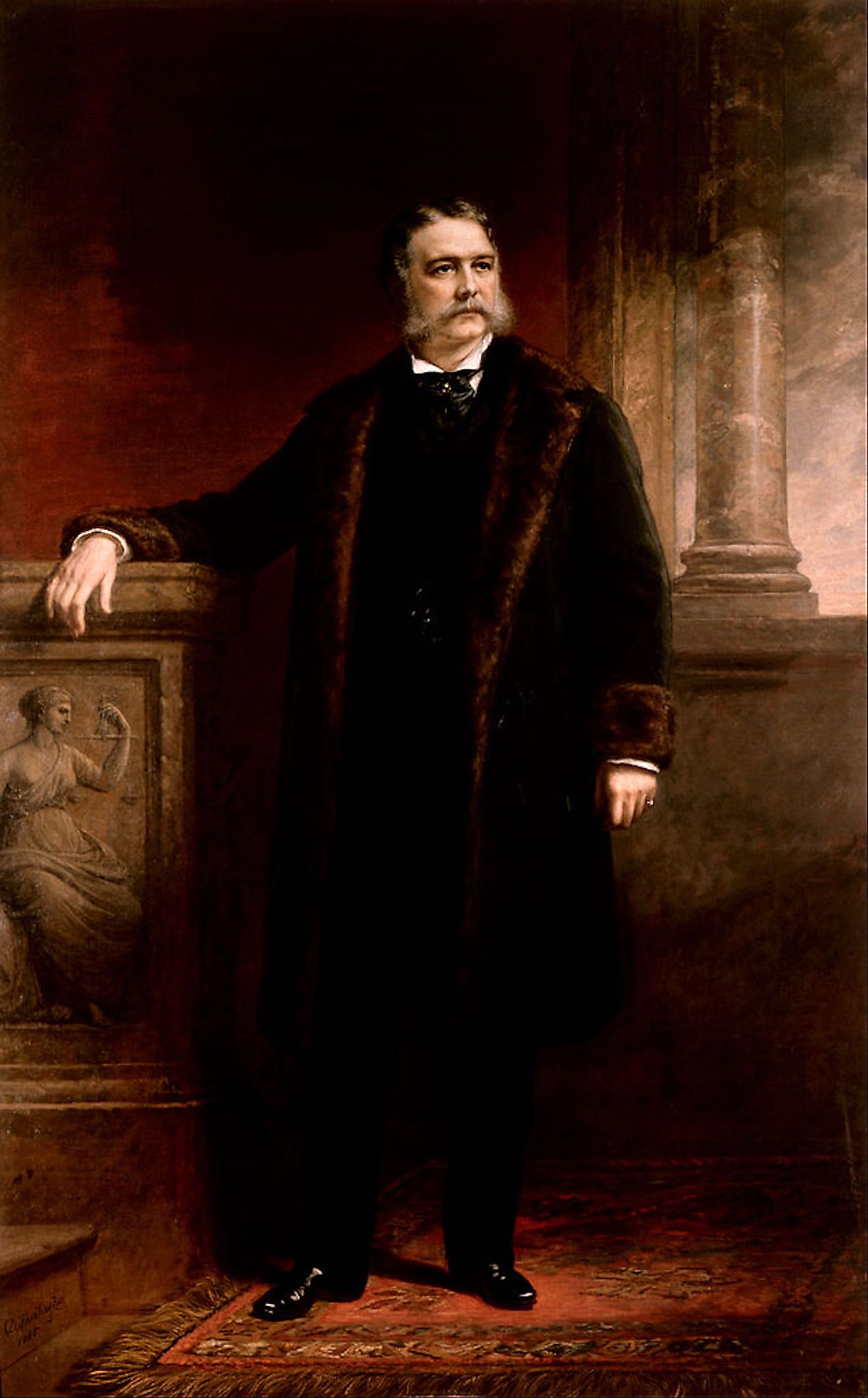
Arthur was the twenty-first president of the U.S. and had hidden his health issues throughout his presidency. He suffered from Bright’s disease. Today, the condition no longer technically exists as it was discovered to be several different kidney diseases. To hide his illness, his staff went to an extreme of telling reports the president had been suffering from malaria. Unfortunately, Arthur’s disease complicated in 1886 and he died of a stroke.
6. Ronald Reagan
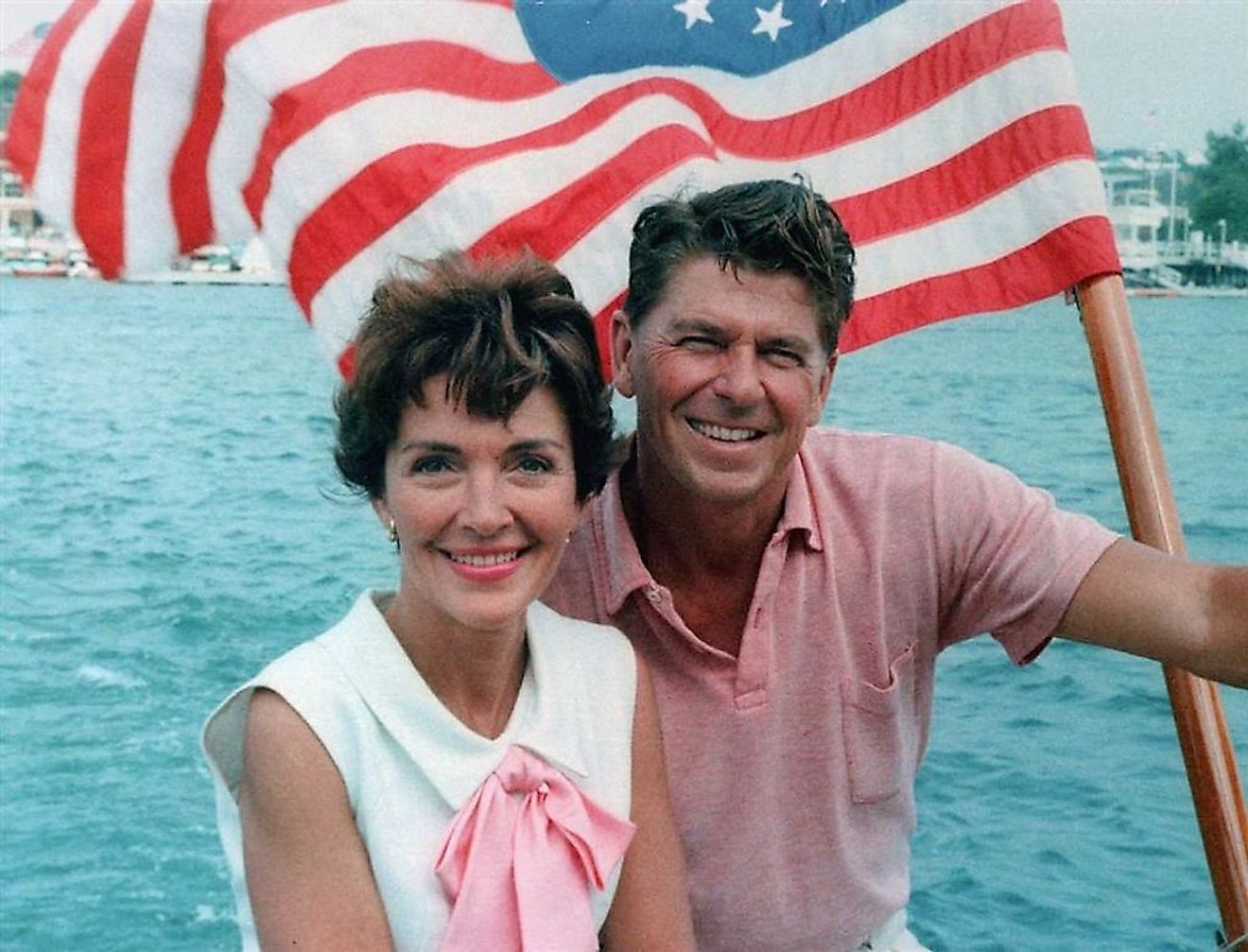
It has been confirmed that Reagan had a couple of cancer scares while he was in office but nothing more severe than that. But, five years after he completed the second term, it was revealed that Ronald Reagan had Alzheimer’s disease. Although the disease was not diagnosed until he finished his term, his son, Ron Reagan stated that some symptoms were evident while his father was still in office. Some of later analysis has shown Reagan’s vocabulary showed some signs of dementia. It was never confirmed that the disease started while he was in office but, to many this makes perfect sense today – rumors about Reagan’s dementia were swirling around his first presidential campaign.
5. Franklin Delano Roosevelt
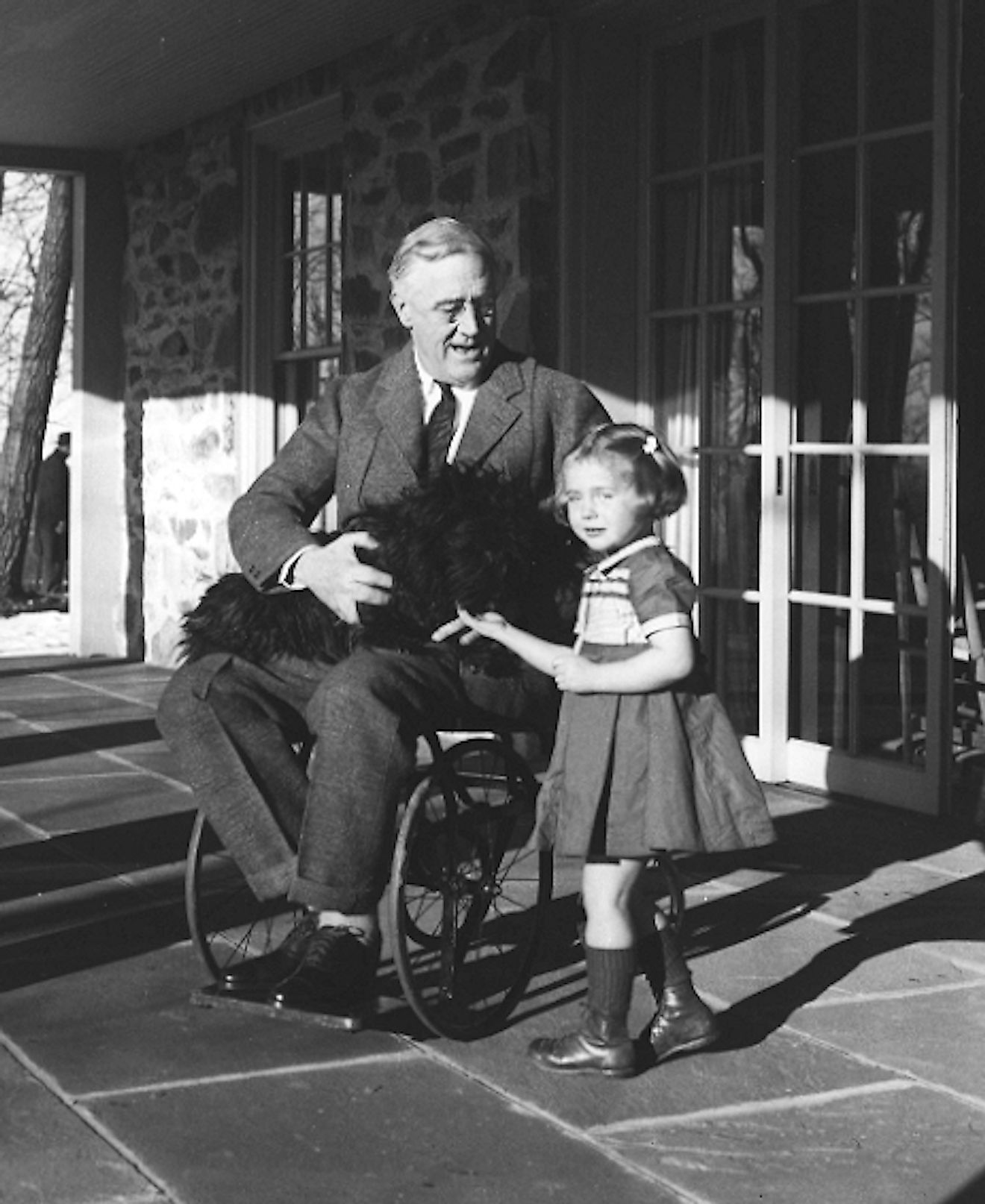
Today, it is public knowledge that Franklin Delano Roosevelt suffered from polio and had to rely on a wheelchair. However, everybody around him was trying their best to hide his poor health during the time of his presidency. The symptoms were very severe, especially back then, with the limited choice of medication. Roosevelt found out he had polio when he was thirty-nine even though most polio patients were children under the age of five. During his term, he was advised to always walk in public appearances to avoid any doubts about his health. The press was told to avoid photographing him walking and the Secret Service controlled photographers attempting to portray him as weak.
4. Grover Cleveland
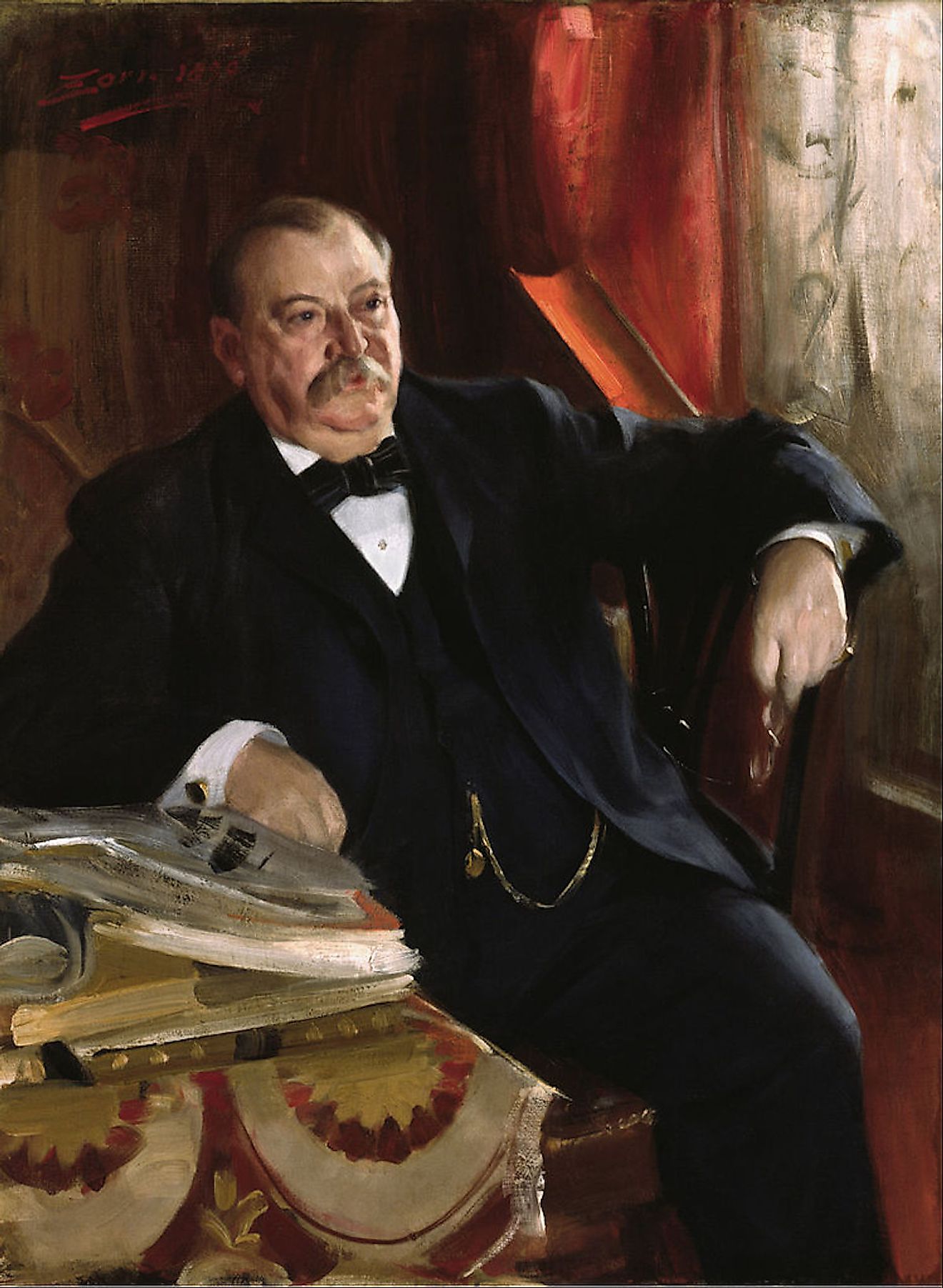
In his second term, Cleveland struggled with jaw cancer. He announced to the public he would be going on a fishing trip but he was actually having a surgery performed by six surgeons. Parts of his jaw, including a tumor, were removed. Because he had to keep the pretenses up, the surgery, quite incredibly, took place on his friend’s boat. Years later, it was revealed that the surgery was nothing short of a medical marvel. Apparently, the type of procedure that had been done would usually take several hours in a clinical environment. But Cleveland’s surgery took only an astonishing ninety minutes.
3. Calvin Coolidge
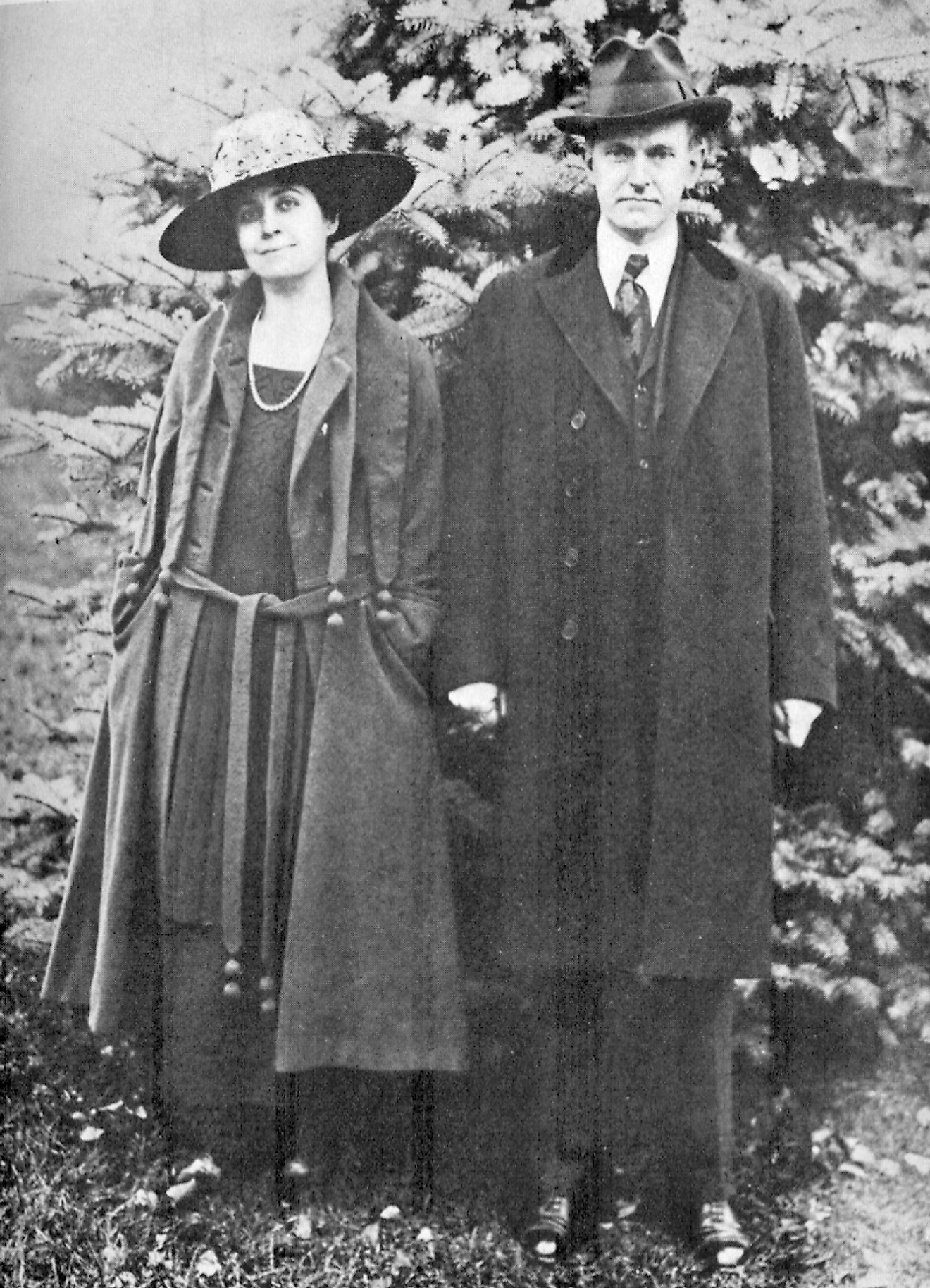
Coolidge had a reputation of being extremely lazy and avoidant. But some historians claim he actually suffered from depression. His son, Calvin Jr., got a blister while playing tennis which became infected. Because antibiotics did not exist back then, he got septicemia and died at the age of 16. Some claim that Coolidge was having trouble with his mental health which was a consequence of severe grief over his son. It is not known whether he really suffered from depression but he certainly tried his best to hide all the pain he was feeling.
2. John F. Kennedy
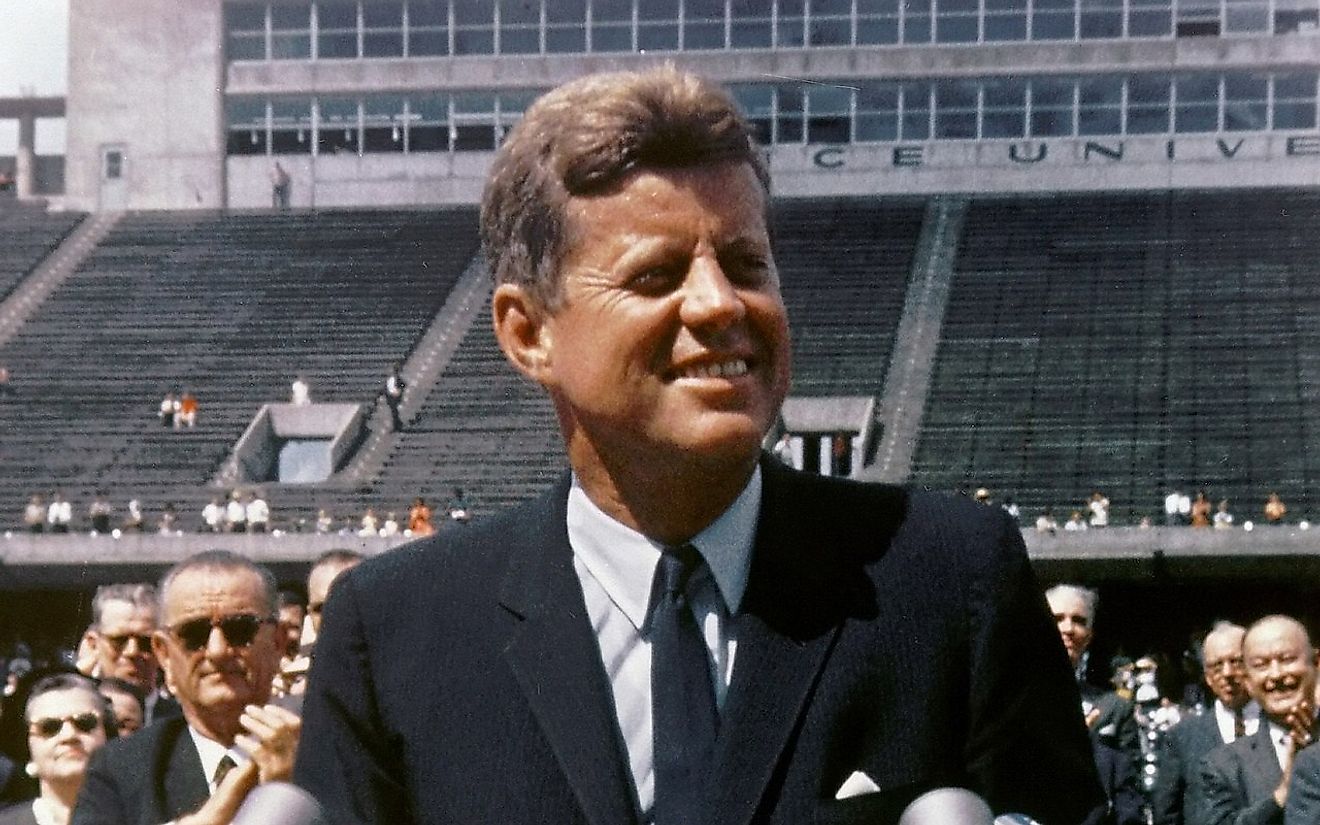
It was essential for John F. Kennedy to sustain the image of the young and vital president, ready to lead the country through difficult times. But behind his public image, JFK often lived in constant pain while his health was kept out of the public eye. JFK had chronic back pain, which became even worse after his WWII service when he had to go through several surgeries. But even before that, JFK suffered from many gastrointestinal issues. It was years before these issues were diagnosed as symptoms of Addison’s disease. Interestingly, one of the symptoms of the disease is hyperpigmentation. Many claim that the hyperpigmentation was the reason JFK often looked so tan and healthy on TV.
1. Theodore Roosevelt
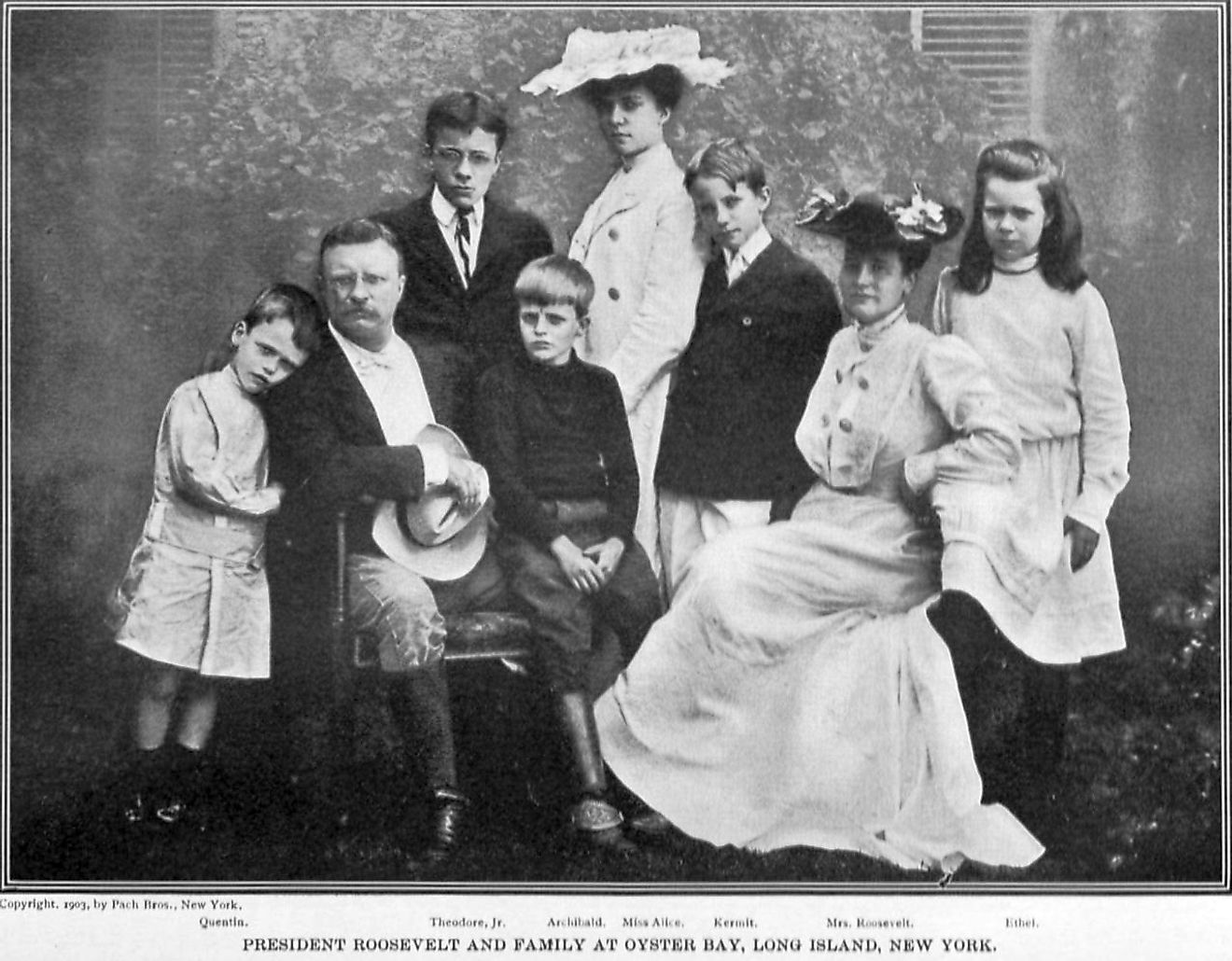
Theodore Roosevelt did not suffer from an actual disease but he came very close to death while campaigning for president. In 1912, he miraculously survived an attempt of assassination. The bullet was obstructed by a speech on more than fifty pages and the eyeglass case in his coat. The bullet entered between the two ribs but Roosevelt, insisted on continuing and on delivering his speech even though he was bleeding. His staff was explaining the situation to the audience when finally, Roosevelt got out on the stage and said his famous line - “I shall ask you to be as quiet as possible. I don't know whether you fully understand that I have just been shot -- but it takes more than that to kill a Bull Moose”.











